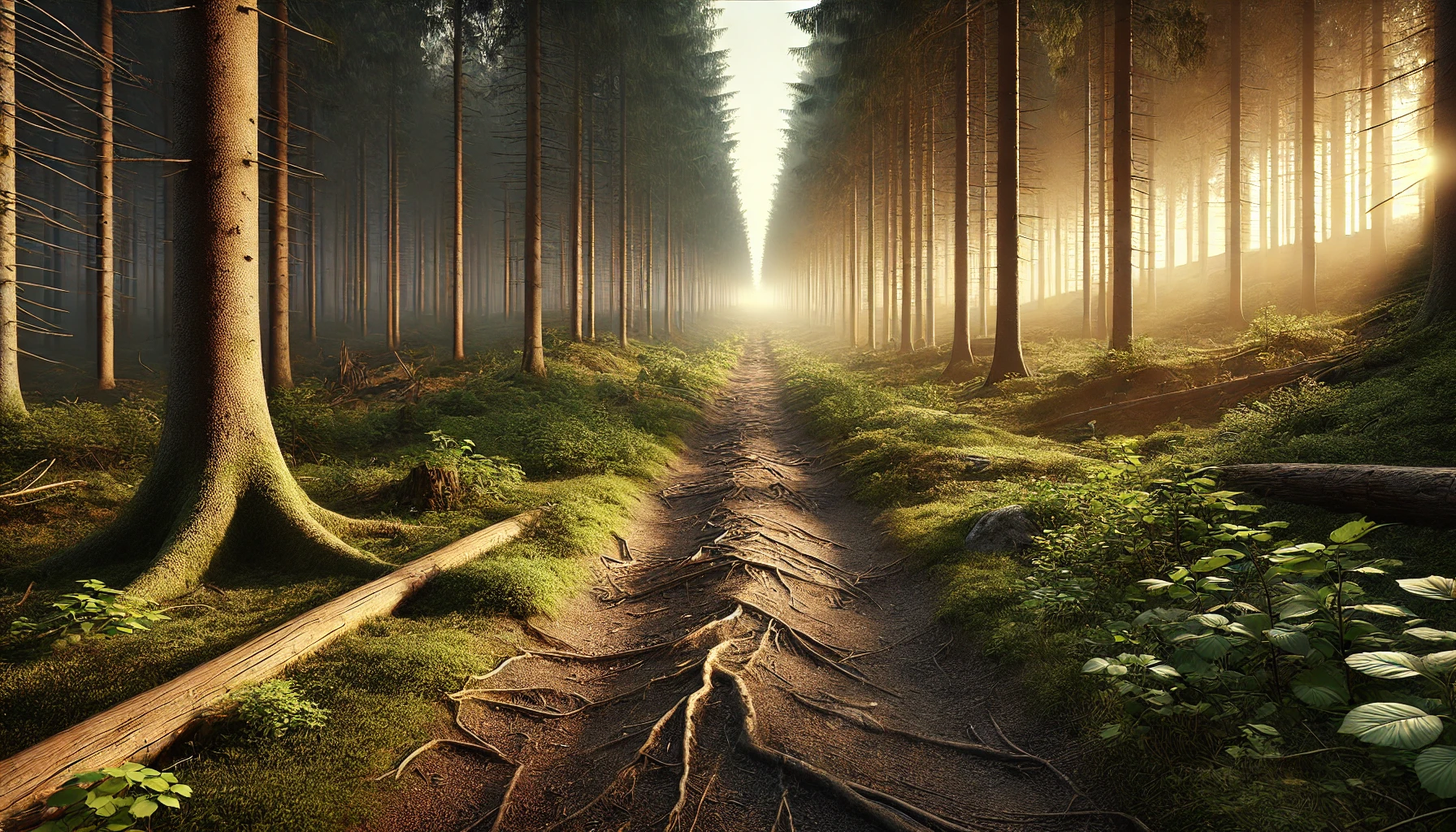Creating depth in photography helps transform flat images into dynamic, three-dimensional scenes. By guiding the viewer’s eye through layers of interest, you can make your photos more immersive and engaging. Here’s how to create depth in your photos.
1. Use Leading Lines
Leading lines naturally guide the viewer’s eye into the frame, creating a sense of depth. Look for roads, fences, rivers, or pathways in your composition.
Pro Tip: Position the lines to converge toward your main subject for maximum impact.
2. Incorporate Foreground, Middle Ground, and Background
Divide your photo into layers to add dimension. Include elements in the foreground, middle ground, and background to create a sense of scale and perspective.
Pro Tip: Use a wide-angle lens to emphasize the distance between layers.
3. Use Framing Techniques
Frame your subject with natural or man-made elements like arches, windows, or tree branches. This not only focuses attention but also enhances depth.
Pro Tip: Position your frame in the foreground to draw the viewer into the scene.
4. Experiment with Aperture
Adjusting your aperture can influence depth perception.
- Wide Aperture (e.g., f/1.8): Creates a shallow depth of field, isolating the subject.
- Narrow Aperture (e.g., f/11): Keeps the entire scene sharp, perfect for landscapes.
Pro Tip: Use a tripod for long exposures when shooting at narrow apertures.
5. Play with Perspective
Move closer to your subject or change your angle to create unique perspectives. Shooting from a low angle can make foreground elements appear larger, enhancing depth.
Pro Tip: Use diagonal compositions to add a dynamic feel.
6. Use Atmospheric Elements
Fog, mist, or haze can add layers of depth by softening the background, creating a sense of distance.
Pro Tip: Shoot during early mornings or after rain for natural atmospheric effects.
Checklist for Adding Depth
- Are there distinct foreground, middle ground, and background elements?
- Are leading lines or framing techniques drawing the viewer’s eye?
- Have you experimented with perspective and aperture settings?
Creating depth transforms static images into visually compelling stories. With practice and attention to layering, you can produce photos that captivate and immerse your audience.
